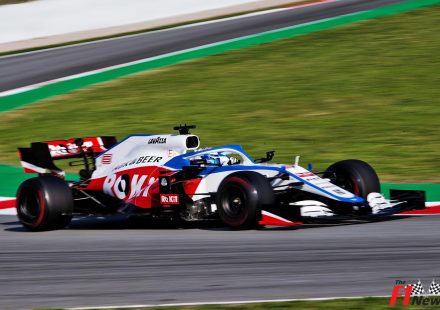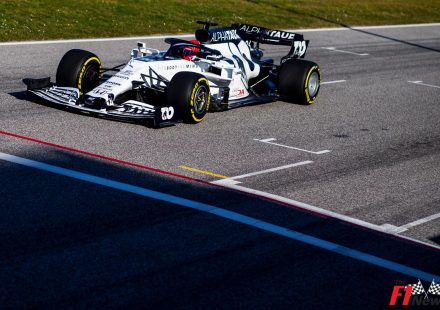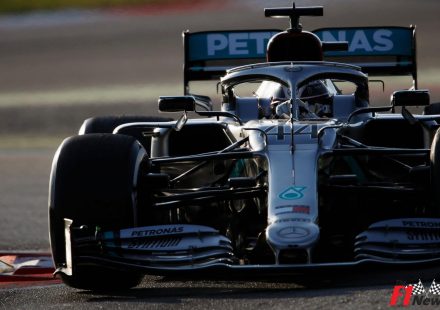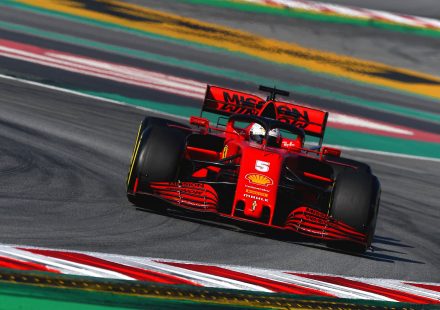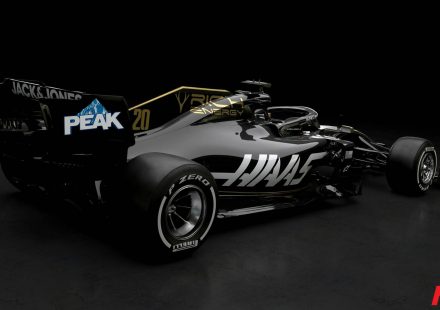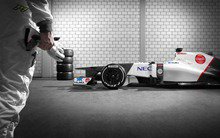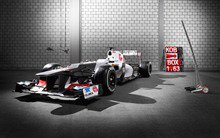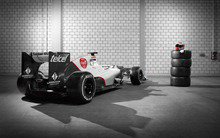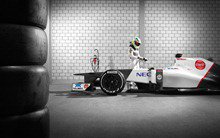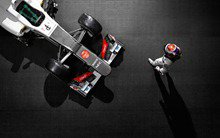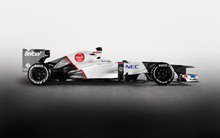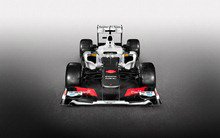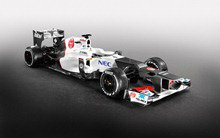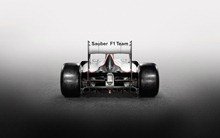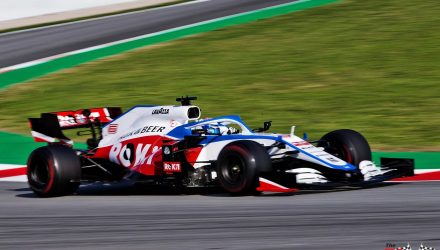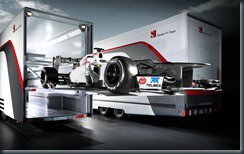 About the work invested in the new Sauber C31-Ferrari Chief Designer Matt Morris says: “The C31 is revolutionary where we had fresh ideas, particularly at the rear of the car, and it is an evolution where we knew we could carry over certain approaches. We had to improve on the weaknesses we identified on the C30, but at the same time we wanted to maintain its strengths.”
About the work invested in the new Sauber C31-Ferrari Chief Designer Matt Morris says: “The C31 is revolutionary where we had fresh ideas, particularly at the rear of the car, and it is an evolution where we knew we could carry over certain approaches. We had to improve on the weaknesses we identified on the C30, but at the same time we wanted to maintain its strengths.”
One of the goals was to increase the scope of the operating envelope compared to its predecessor. “We had established some good directions to go in towards the end of last year with the C30 which we wanted to continue with, particularly some of our DRS developments, and some of the ways we were opting for with the car’s set up in order to improve our qualifying performance without compromising our race pace,” elaborates Morris.
Here are some tech details about the Sauber’s 2012 challenger:
| Chassis: | carbon-fibre monocoque |
| Front suspension: | upper and lower wishbones, inboard springs and dampers (Sachs Race Engineering) actuated by pushrods |
| Rear suspension: | upper and lower wishbones, inboard springs and dampers (Sachs Race Engineering) actuated by pullrods |
| Brakes: | six-piston brake callipers (Brembo), carbon-fibre pads and discs (Brembo) |
| Transmission: | Ferrari 7-speed quick-shift carbon gearbox, longitudinally mounted, carbon-fibre clutch |
| Chassis electronics: | MES |
| KERS: | Ferrari |
| Steering wheel: | Sauber F1 Team |
| Tyres: | Pirelli |
| Wheels: | OZ |
| Dimensions: |
Length: 5.195 mm |
| Weight: | 640 kg (incl. driver, tank empty) |
| Type: | naturally aspirated V8, 90° cylinder angle |
| Engine block: | sand-cast aluminium |
| Valves / valve train: | 32 / pneumatic |
| Displacement: | 2,398 ccm |
| Bore: | 98 mm |
| Weight: | > 95 kg |
| Electronic injection and ignition |
The official high resolutions photos of C31:
Images & Info: © Sauber F1 Team

